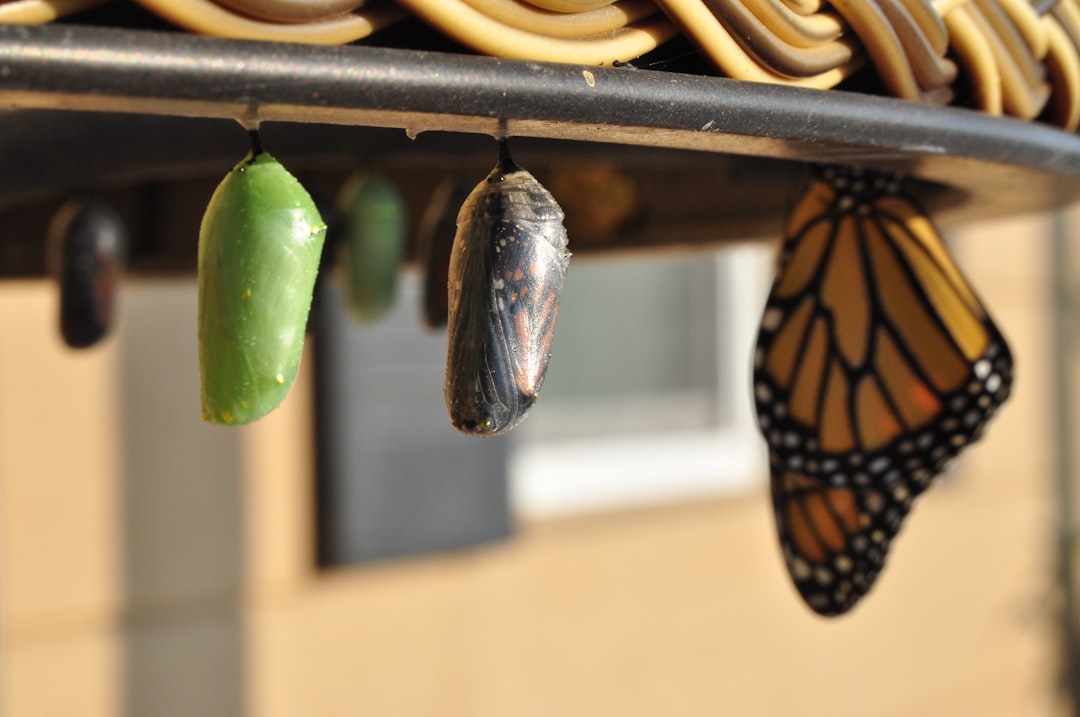What is it about?
Spotted wing Drosophila (Drosophila suzukii) is a vinegar fly with a worldwide distribution that does significant economic damage to soft-skinned fruits. Genetic biocontrol methods are attractive as it is the pest itself that is the control agent. We made and evaluated CRISPR/Cas9-based homing gene drives that target the conserved female-specific exon of the doublesex gene, which is essential for sexual development in Drosophila.
Featured Image

Photo by Oliver Hale on Unsplash
Why is it important?
Unlike most Drosophila species, spotted wing Drosophila females can lay eggs in fruit before it is picked. The developing maggots feed on the fruit. The fly is largely controlled using broad-spectrum insecticides but resistance has occurred, chemical application is weather-dependent and there are many non-crop hosts that can support spotted wing Drosophila. Our results suggest that homing gene drives could provide a cost-effective approach for suppression of spotted wing Drosophila populations.
Perspectives
While we have focused on one agricultural pest in this study, our approach could potentially be applied to other insect pests. We have begun to work on other insects that are pests of livestock. We see tremendous potential with this technology
Maxwell Scott
North Carolina State University
Read the Original
This page is a summary of: CRISPR/Cas9-based split homing gene drive targeting
doublesex
for population suppression of the global fruit pest
Drosophila suzukii, Proceedings of the National Academy of Sciences, June 2023, Proceedings of the National Academy of Sciences,
DOI: 10.1073/pnas.2301525120.
You can read the full text:
Contributors
The following have contributed to this page










